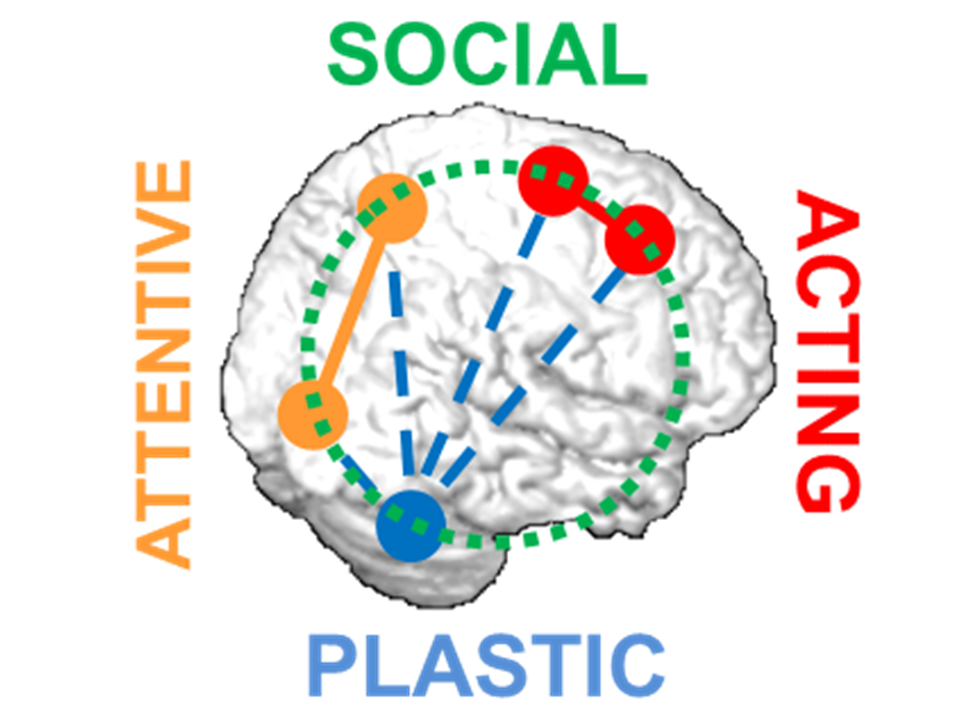No evidence in favor of the existence of “intentional” binding.
Résumé
Intentional binding refers to the subjective temporal compression between a voluntary action and its subsequent sensory outcome. Despite some studies challenging the link between temporal compression and intentional action, intentional binding is still widely used as an implicit measure for the sense of agency. The debate remains unsettled primarily because the experimental conditions used in previous studies were confounded with various alternative causes for temporal compression, and action intention has not yet been tested comprehensively against all potential alternative causes in a single study. Here, we solve this puzzle by jointly comparing participants’ estimates of the interval between three types of triggering events with comparable predictability - voluntary movement, passive movement, and external sensory event - and an external sensory outcome (auditory or visual across experiments). The results failed to show intentional binding, i.e., no shorter interval estimation for the voluntary than the passive movement conditions. Instead, we observed temporal (but not intentional) binding when comparing both movement conditions with the external sensory condition. Thus, temporal binding appears to originate from sensory integration and temporal prediction, not from action intention. As such, these findings underscore the need to reconsider the use of "intentional binding" as a reliable proxy of the sense of agency.
Fichier principal
 MS_the existence of intentional binding_JEP HPP.pdf (920.17 Ko)
Télécharger le fichier
MS_the existence of intentional binding_JEP HPP.pdf (920.17 Ko)
Télécharger le fichier
| Origine | Fichiers produits par l'(les) auteur(s) |
|---|

